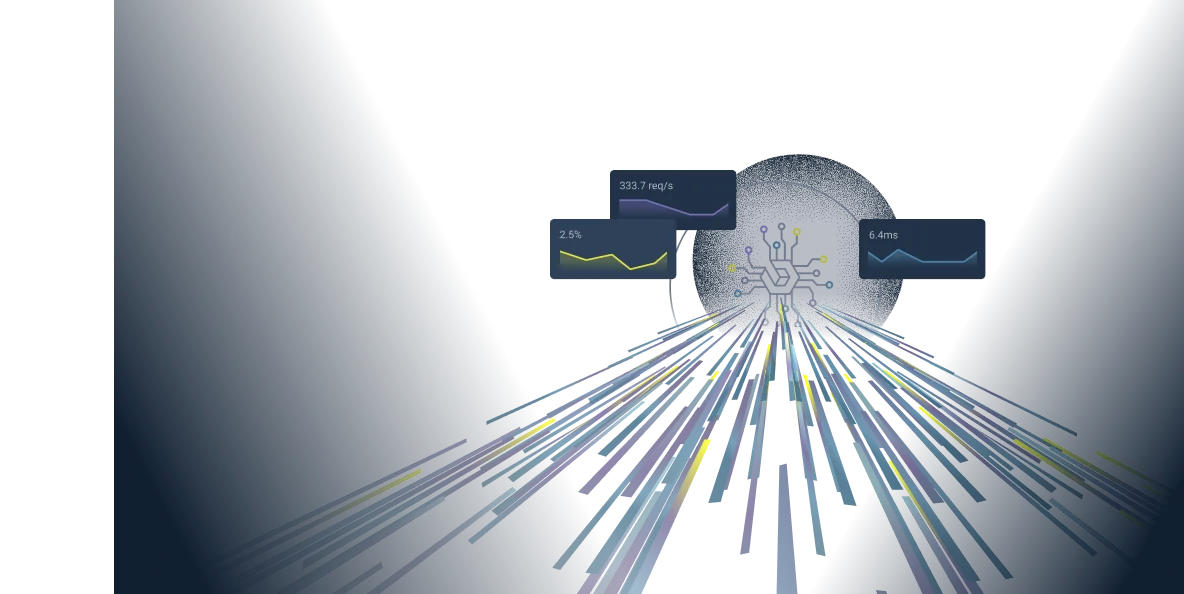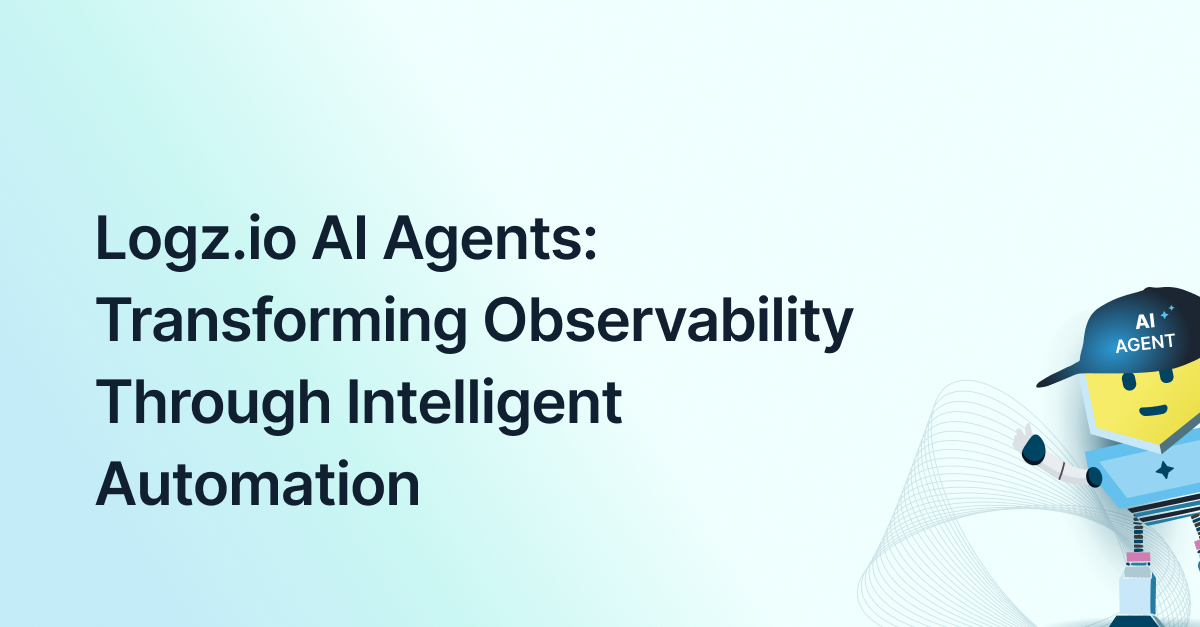For those interested in basic database monitoring, the best options are open source tools, which include Prometheus, OpenTelemetry, Telegraph, Grafana, Fluentd, FluentBit, and OpenSearch for logs. They’re free and provide everything needed to surface new latency, monitor throughput, and collect other essential database observability metrics.
However, for those who need to troubleshoot and diagnose database performance problems as well, they’ll need an observability platform to unify and correlate the data. At Logz.io, we pride ourselves on being the most cost effective path to full database observability, but there are plenty of other options, including Datadog, Dynatrace, and New Relic.







